2014 Lamborghini Huracán LP 610-4: First Look

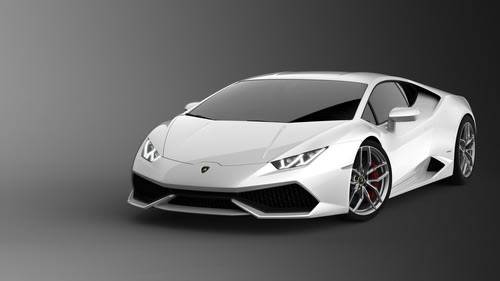
Competes with: Aston Martin DB9, Ferrari 458 Italia
Looks like: A quad-headlight, less-vented sibling to the Aventador
Drivetrain: 610-hp, 5.2-liter V-10 with seven-speed dual-clutch automatic transmission; all-wheel drive
Hits dealerships: Spring 2014
Witness the successor to Lamborghini’s Gallardo, whose 10-year lifespan saw the most production of any single model — with 14,022 cars built — from the Italian exotic-car maker. Dubbed the Huracán LP 610-4, the new baby Lambo slots beneath the Aventador to take on the Ferrari 458 Italia and Aston Martin DB9.
The Huracán takes its name from a Spanish bull, not an epic windstorm or University of Miami sports. Lamborghini says it will combine performance with drivability; the brand will unveil the car in more than 130 private events worldwide beginning in January, followed by a public unveiling at the Geneva International Motor Show in March 2014.
Exterior
Similar to the Aventador’s headlights, the Huracán has piped LEDs that complete a sort of lightning-bolt merge below the LED headlights. It wouldn’t be a proper Lambo without massive air intakes, which engulf any semblance of a front bumper. Long, low and wide, the Huracán draws a virtually continuous line up the hood to the windshield. The roofline hurtles past the cabin toward an abrupt ending just past the rear fender, but fewer vents pockmark the side than on the chiseled Aventador. It’s a familiar profile for Lamborghini faithful and one that only the Italian automaker pulls off.
Where the Gallardo employed an aluminum frame, the Huracán’s chassis uses aluminum and carbon fiber. Overall dry weight (no fluids or fuel, as opposed to curb weight) is 3,128 pounds. That’s up just 19 pounds versus the all-wheel-drive 560-horsepower Gallardo LP 560-4. It’s 86 pounds more than both the rear-drive Gallardo LP 550-2 and the Ferrari 458 Italia (all specs compared in dry weight). The 458, like most Huracán competitors, employs rear-wheel drive.
Interior
From the stacked instrument hood to the protrusions that house air vents, the cockpit emphasizes severity. It’s futuristic, but the future is sterile and businesslike — the sort of interior you’d expect in the Batmobile. Even the Aventador’s cabin seems warmer.
In the Huracán, a 12.3-inch screen takes the place of traditional gauges; it can show everything from a tachometer to navigation and multimedia screens. The seats have Nappa leather, and Alcantara simulated suede appears to run the length of the doors. Behind the steering wheel are massive paddle shifters that extend nearly to the top of the rim.
Under the Hood
As its name implies, the Huracán LP 610-4’s 5.2-liter V-10 makes 610 hp, up 50 hp versus the Gallardo LP 560-4. Multiple injection points — both direct and indirect, Lamborghini says — help power and efficiency. Torque stands at 413 pounds-feet, up 15 pounds-feet from the Gallardo LP 560-4’s V-10.
Stop-start technology helps gas mileage, which comes to 12.5 liters per 100 kilometers in combined European consumption cycles. That’s an improvement over the current Gallardo LP 560-4’s 13.7 liters per 100 kilometers, which equates to 15 or 16 mpg in U.S. EPA numbers with the manual or automatic transmission, respectively.
There’s no word of a stick shift anymore. Power meets all four wheels through a seven-speed dual-clutch automatic, and Lamborghini says the Huracán hits 62 mph in a blazing 3.2 seconds. That’s much quicker than the Gallardo LP 560-4 (3.7 seconds with the automatic), and it rips past the DB9 (4.6 seconds). Ferrari says the 458 Italia hits 62 mph in less than 3.4 seconds but provides no specific figure.
Drivers can switch the Huracán between three driving modes — Strada, Sport and Corsa — which affect engine response, sound levels, all-wheel-drive power distribution and intervention from the electronic stability system. Variable-ratio steering and an adaptive suspension are both optional, and the driving modes affect them, too.
It’s unclear whether Lamborghini will offer rear-drive or convertible (Spyder) versions of the Huracán, but given that both existed for the Gallardo, it’s a safe bet we’ll see a Huracán Spyder at some point.
Safety Features
An electronic stability system is standard. The antilock brakes employ standard carbon-ceramic hardware.
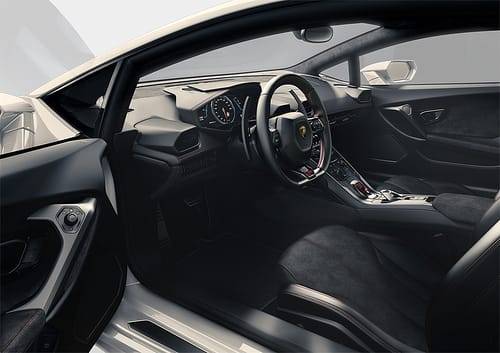


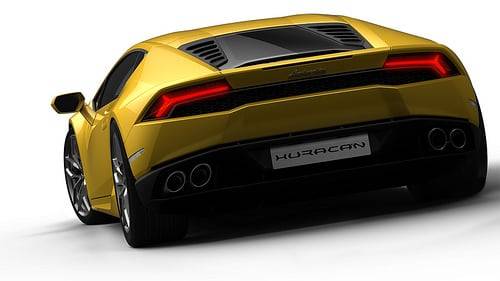
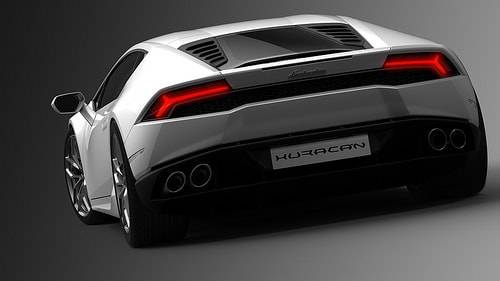

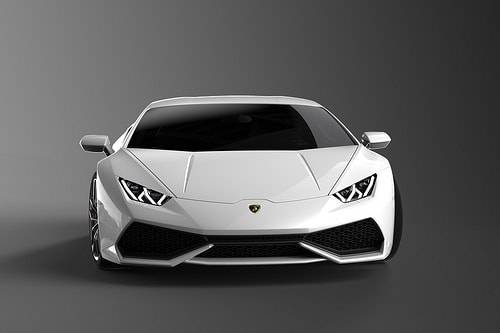
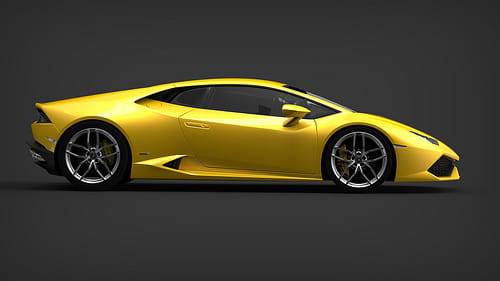
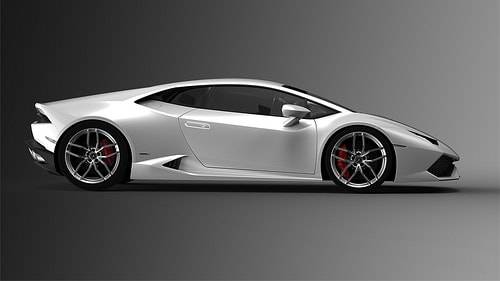
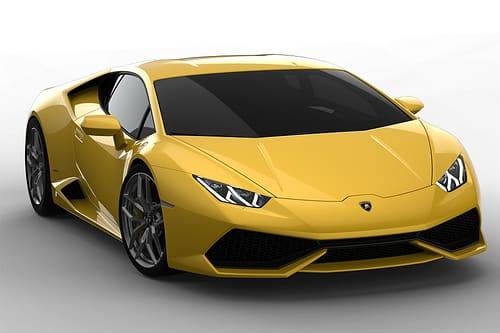
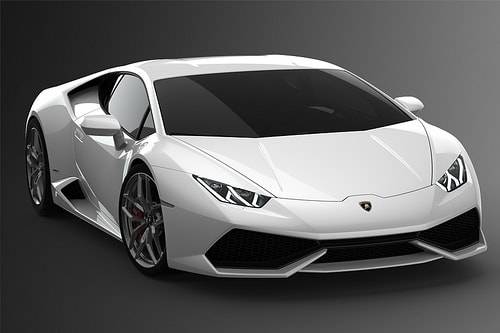

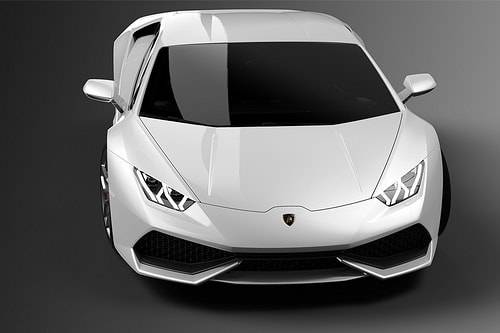

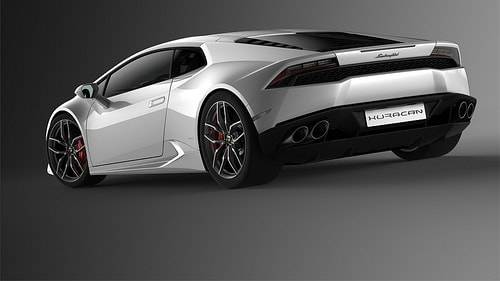
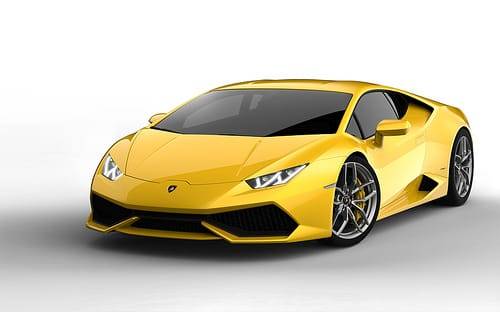
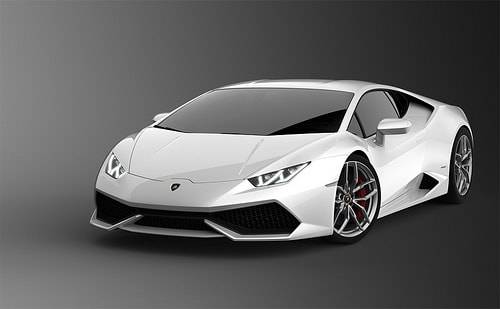
Related
2012 Lamborghini Aventador LP700-4 at Roebling Road Raceway Video
Lamborghini Veneno: First Look
More Lamborghini News

Former Assistant Managing Editor-News Kelsey Mays likes quality, reliability, safety and practicality. But he also likes a fair price.
Featured stories




